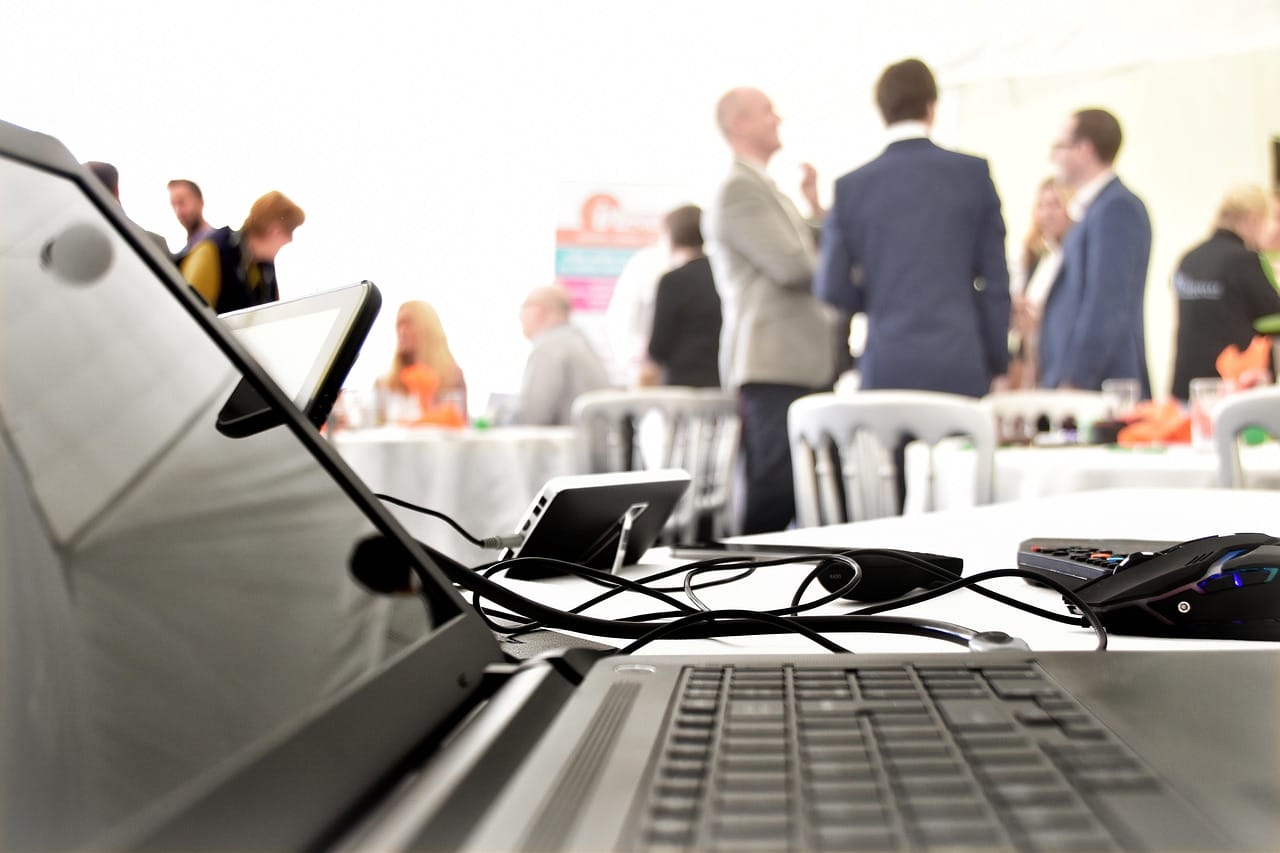When setting up a seminar room or training space, the type of furniture you choose plays a big role in both functionality and atmosphere. Among the most important pieces are the tables which are used for writing and placing laptops along with business collaboration, organization, and creating first impressions. Selecting high-quality tables can enhance the overall effectiveness of your events or meetings and even contribute to attendee satisfaction.
For those furnishing a learning center, office space, or conference venue, the right Seminar Tables will support both comfort and productivity. However, not all tables are created equal. Knowing what features to prioritize will help you make an informed, long-lasting investment.
DEEPER DIVE: Read all the Ranking Arizona Top 10 lists here
1. Durability and Construction Quality
The first and most essential factor to consider is the build quality. Tables used in professional or academic settings are frequently used, so they need to withstand daily wear and tear. Look for materials like steel frames, hardwood or high-pressure laminate surfaces, and solid joints that won’t loosen over time. Welded connections and reinforced legs add additional strength and extend the table’s lifespan. A sturdy build also improves safety, minimizing the risk of tipping or collapsing during use.
2. Portability and Storage Efficiency
Event spaces and classrooms often require flexible setups. Being able to move, store, or reconfigure your tables easily adds a major advantage. Lightweight materials and built-in wheels or casters help staff rearrange spaces quickly and with less effort. Foldable or nesting designs save room when storing, which is especially important in facilities with limited storage. Tables that lock securely when in use yet fold neatly when needed offer the best of both worlds.
3. Ergonomic Comfort
While comfort is usually associated with chairs, it also applies to tables. The height of the table, legroom, and edge design all influence user comfort, especially during long sessions. Tables with rounded or smooth edges prevent discomfort or bruising from leaning. Adequate knee space and proper height alignment allow attendees to sit naturally without strain. Some modern designs even include cutouts or built-in modesty panels to improve both comfort and privacy.
4. Cable Management and Tech Compatibility
Look for tables that include features like grommets, cord cutouts, or integrated power and USB ports. These additions reduce clutter and allow participants to plug in laptops, projectors, or other devices without tripping over cords or searching for outlets. A clean, tech-friendly setup boosts professionalism and supports the need for any digital or academic presentations and training sessions.
5. Aesthetic Versatility
Seminar rooms often serve multiple purposes, from workshops to executive meetings. Tables that are visually neutral yet stylish can blend into various room setups. A sleek design with clean lines, neutral finishes, or woodgrain textures ensures your space looks professional without being too formal or sterile. Matching your tables with other furniture pieces also enhances the overall coherence of your space. Some tables even allow for modular arrangements, which create U-shapes, rows, or clusters, depending on your event needs.
Choosing the right furniture is about more than appearance—it’s about performance, adaptability, and lasting value. The right Seminar Tables don’t just fill a room, they help shape the experience of everyone who enters it. Whether you’re outfitting a training facility, a university seminar hall, or a corporate boardroom, paying attention to construction quality, mobility, ergonomic design, cable support, and style will ensure you’re selecting tables that meet diverse needs.




